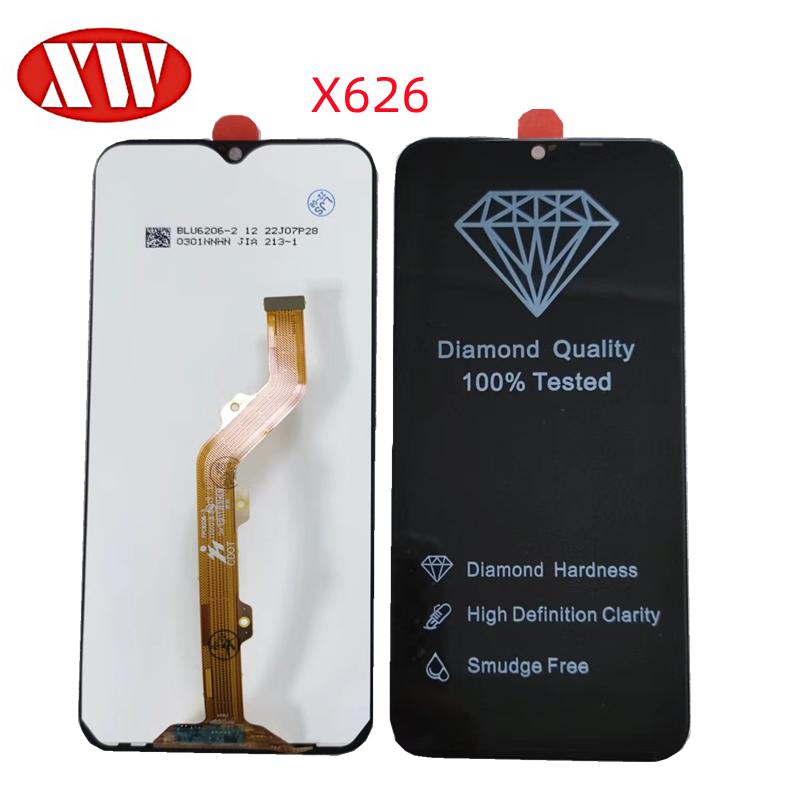The Liquid Crystal Display (LCD) is a crucial component of a mobile phone that plays a significant role in displaying images and texts. It is the technology behind the screen that allows users to interact with their devices visually.
LCD screens are commonly used in mobile phones due to their excellent clarity, color reproduction, and energy efficiency. These screens are made up of various layers, including a backlight, color filters, liquid crystal molecules, and a transparent electrode grid.
The primary function of the LCD is to control the formation of images. When an electrical charge is applied to the display, the liquid crystal molecules within the screen align to allow or block the passage of light. This process determines the visibility of different pixels, ultimately creating the images we see.
The LCD screens used in mobile phones come in different types, such as TN (Twisted Nematic) and IPS (In-Plane Switching) displays. TN displays are commonly found in budget-friendly phones, offering good response times and affordable prices. On the other hand, IPS displays have superior color accuracy, wider viewing angles, and better overall performance, making them the preferred choice for high-end smartphones.
LCD screens also provide several advantages over other types of display technologies. One of the primary advantages is their energy efficiency. LCDs consume less power compared to older display technologies like CRT (Cathode Ray Tube) displays. This energy efficiency ensures longer battery life for mobile phones, allowing users to stay connected for extended periods without worrying about running out of power.
Additionally, LCD screens offer excellent visibility even in brightly lit environments. The backlighting feature of LCD displays illuminates the screen, enabling users to see the content clearly even under direct sunlight. This makes LCD screens highly suitable for outdoor use, enhancing the user experience.
Furthermore, the LCD technology allows for the production of thin and lightweight screens, making mobile phones sleek and portable. These slim and compact devices fit comfortably in pockets and bags, ensuring convenience for users on the go.
As technology advances, LCD screens continue to improve in terms of resolution, color accuracy, and brightness. Ongoing research and development efforts aim to enhance the visual experience and offer users the best-quality displays on their mobile phones.
In conclusion, the LCD on a mobile phone is the screen technology responsible for visually displaying images and texts. It provides clarity, color reproduction, energy efficiency, and excellent visibility even in brightly lit environments. With ongoing advancements, LCD screens contribute to the sleek and portable design of modern mobile phones, offering users an enhanced visual experience.
Post time: Aug-08-2023

